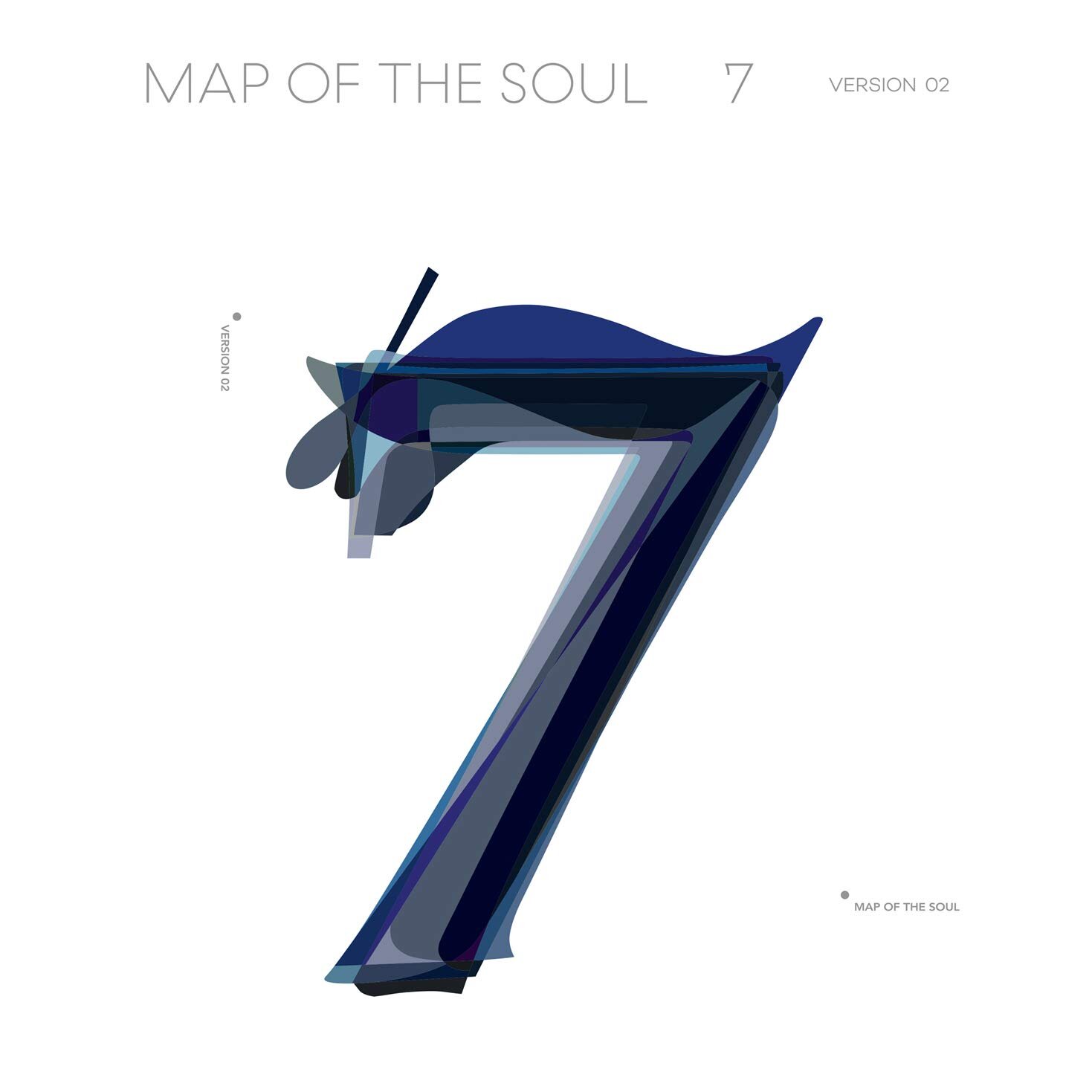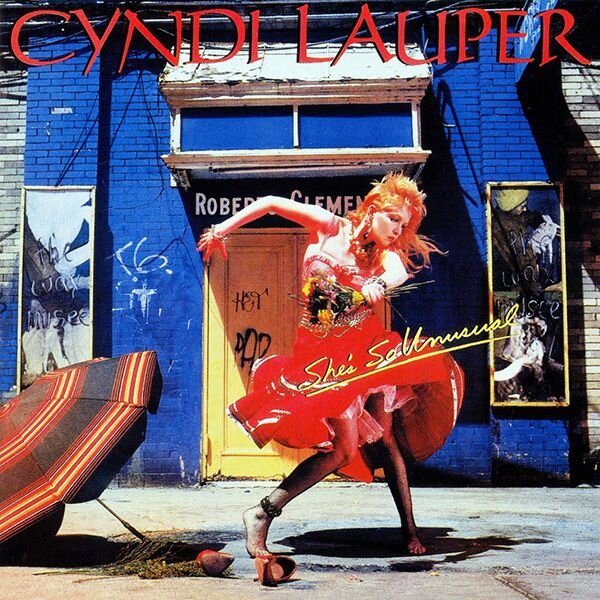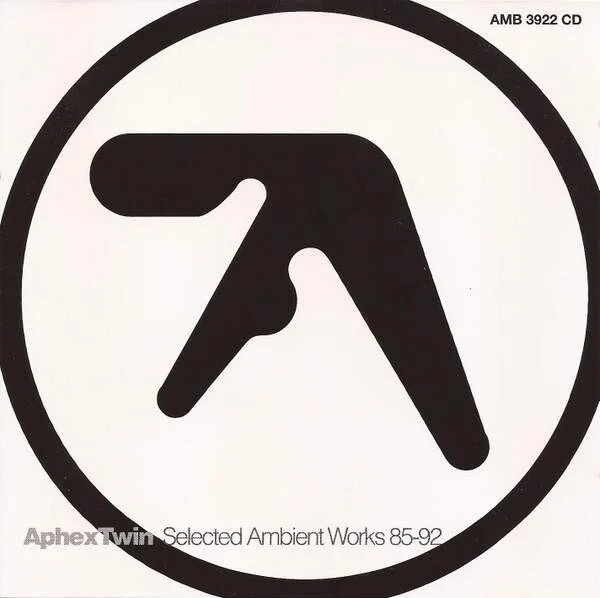The reviews included here are written within the context of an upcoming collaboration with Dyan Jong which recreates vinyls as art objects. Some of the thoughts here are specific to the album; others address the concepts we explored.
They exist here as further examples of music writing I have done.
More to come soon.
So much of what makes BTS special is wrapped inside of and elucidated by the Map of the Soul era. Beyond Kpop, rap, positive energy--there's an appreciation for the arts that shines through at every level. Take, for instance, the music video for Black Swan. A quote from modern dance icon Martha Graham ("A dancer dies twice - once when they stop dancing, and this first death is more painful") leads into a stripped down set that glorifies the Slovenian dance troupe who star in the video. Beyond the cute elements and preciousness that come with a typical boy band, BTS encourages its fans to engage with who they are and what they love by elucidating those very treasures.
The album and EP themselves, though, are a reflection. Tied to Jung's ideas of the empirical aspect of human psychology, the album is a confessional, and invitation. As their seventh album, released in their seventh year, the boys are at their most honest, their most vulnerable and their most expressive. There are easy ear worms like Boy with Luv and club wreckers like Dionysus, but there are also intimate numbers tied in, such as 00:00 and Inner Child. For BTS fans, though, the earnestness and saccharine approach are part of the appeal. These elements represent honesty - which themselves are part of the crossover appeal of the first Kpop band to make a solid landing in the US.
There is a brazenness to Field Medic’s Floral Prince; the album feels unbidden, and that’s not un-intentional. Field Medic’s trademark style, as he remarks so often in interviews, is to pound out the songs and get them on tape as quickly as possible. But the overwhelming honesty packed inside the songs is enchanting. It feels like a confession from an old friend, and the songs feel like tiny confessionals—as if the artist himself lives only inside these confessions.
Wrapped inside all of this is a story of addiction and recovery, which we sought to capture in the creation of the album. Addiction for so many, especially artists, is lived out in secret. Recovery tends to be done in a tiny world away from the world, but for Field Medic, the rehab takes is the tiny world on the page, on the recording. There are stories of simple things, each capturing a message of healing, of honesty, of affection. The album a story of how good it feels to be clean. The album is feeling good, it’s recording is in itself cleansing.
We’ve captured those saccharine sweet chips that addicts tend to receive as they climb the twelve steps to recovery, deliberately sticky sweet as to be easily consumed by any who come to those dark church basements for healing, neatly organizing them into rows like those folding metal chairs.
Maggot Brain finds a band on the brink: where funk so often preaches
optimism and freedom in the face of adversity, George Clinton and Funkadelic step into that adversity and bathe in it. For many, this album is an important resource, a small moment of honesty in a world gone mad — as much as Kool and the Gang steps into heaven in “Light of Worlds”, Maggot Brain is Funkadelic’s reflection on a dark afterlife within the world as it stands today.
In crafting the album, band leader George Clinton encouraged guitarist Eddie Hazel (whose nickname is one source of the album’s title) to play as if his mother was dead: this style is most notable in the first act of the album, a sprawling, ten minute spoken and instrumental reflection: “I have tasted the maggots in the mind of the universe / I was not offended / For I knew I had to rise above it all or drown in my own shit”.
Ultimately, though, this album lived up to the destruction it preached: Maggot Brain would be the last entry into Funkadelic’s catalog with this line-up. Following the release, the band dissolved into money disputes and drug abuse, destroying lives of many of the members.
The fabrication of this fan edit speaks to a moment frozen in time. Trapping dead flies and dried maggots in green resin, we sought to capture the nose-thumbed attitude of destruction, the hyper-direct schmalz, the fuzziness. Much like the album itself, our fan edit is desolation unignored.
It seems impossible to discuss Cyndi in music spaces outside of her media-driven pseudo-rivalry with Madonna, but on her debut, She’s So Unusual, Cyndi makes one thing clear: while Madonna gave the mainstream access to pop weirdness, Cyndi made weirdness accessible to the mainstream. Hidden amongst eternal pop perfection like What A Girl Wants and Girls Just Want to Have Fun is this steadfast honesty and self-affection that inspired a second generation of kids to let their freak flags fly. She’s So Unusual took all the freakness that could be found amongst psychedelia like the Grateful Dead and nu wave majesty of Gary Numan and gave it radio play to a nation of fans who desperately needed to hear it.
As Cyndi became a short-lived idol, we sought to capture within this fan edit the affection that Cyndi’s fans felt for her by recreating now-ancient bedroom wall collages in resin. While pop has endless measures and branches of connection to weird, especially lately in stars like Billie Eilish, Cyndi will have always been one of the first to open that now un-closable door.
Much has been written about the apocalyptic nature of Punisher, especially the culmination of actual apocalypse in I Know the End. However, Punisher feels more like a reflection, an ablution before a Childhood’s End style transition to the next desperate phase of living. It’s wrapped in reflection, not just of past adventures, but wayfarers who have come and gone—the album itself a reference to Elliott Smith’s concept of a punisher: a fan who just won’t give up.
Because so much of the album is wrapped in contemplation and incisive self-examination, we chose to wrap this inside Phoebe’s most consistent element of the Punisher era: the skeleton jumpsuit. We specific chose to use an x-ray image of a wound to highlight that beyond that spirit of reflection, there is a perseverance, a thumbed-nose in direction of slowing down.
Much like her frequent collaborators Conor Oberst and Christian Lee Hutson, Phoebe has always approached her songwriting through dual-senses of pain, a snark toward that pain, and an irrevocable persistence through all of it. I hope we’ve captured that here.
Jacob Collier’s latest effort is a mammoth library of sound. The cover of the album captures it best, as this album truly contains universes—and it’s a fine thing to see, as Jacob has moved from a YouTube sensation to a talented musician and producer. But wrapped inside the chaos of the record, there’s a great affection and literacy for music. Collier manages to point to so much of the great history of R&B and jazz, with fingers wrapped inside the pop jazz and vocalese of the 60s, the fusion of the 70s, and the R&B of the 90s.
We’ve tried to capture these cosmic majesty of Djesse 3 in of this fan edit.
Aphex Twin, more than almost any other electronic music craftsmen, draws a great divide. Many people live and die by Aphex Twin, also known as Richard D. James, not just for the mystery behind the music and what he’s accomplished, but also for the technical prowess that it took to record his early records. 85-92, in particular, was largely crafted on a pocket computer not designed to produce music at all.
At the same time, Aphex Twin’s debut suffers from a problem that plagues many great artists. Because it has been so endlessly copied, sampled, and referenced, it’s become as ubiquitous as elevator music. It’s difficult to decipher what made it great when it was first written 35 years ago because the endless churn of new music often relies on something else to mirror to find familiarity with an expectant fickle, audience.
It’s hard to encourage a mainstream audience to look at certain for what it accomplished rather than what it offers and the originality it had at the time. It’s why some people hate The Rolling Stones, The Crickets, or Lynyrd Skynyrd—and in a certain light, it is justifiable. But examined through a new light, such as the samples of Ageispolis on Die Antwoord’s international hit, “Ugly Boy”, the music takes on a new shine: the ability to take that new shine is what makes Aphex Twin great. We’ve memorialized that here by embedding the same model pocket computer within the resin of this fan edit.






